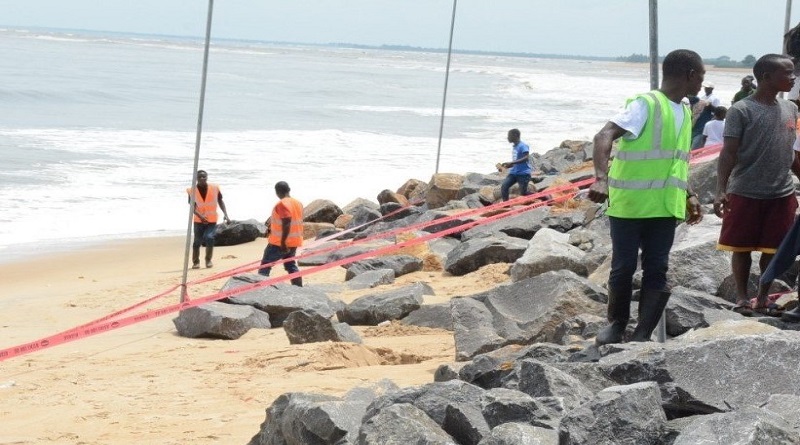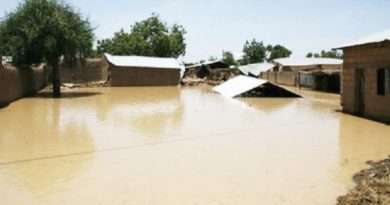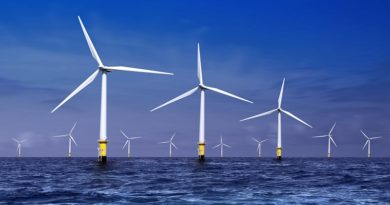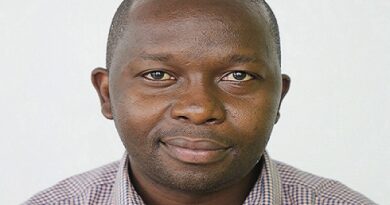Liberia’s President Weah launches new coastal resilience project with support from GEF, UNDP
Picture Caption: New Kru Town has a population of over 20,000 inhabitants. Holistic, sustainable, low-cost and effective interventions are imperative to dealing with coastal erosion here. | Photo by UNDP.
The President of Liberia, George Weah, launched a new project in New Kru Town, Liberia, this month that will help build the resilience of vulnerable communities against climate change while contributing to achieving sustainable development in the country. The new project, financed by the Global Environment Facility Least Developed Countries Fund (GEF-LDCF) with a US$2 million grant and supported by the United Nations Development Programme (UNDP), will protect the lives and livelihoods of thousands of people living along Montserrado county’s coastline, scaling up the successes of a recently closed UNDP-supported Coastal Defense Project financed by the GEF.
The project will promote the collective management of transboundary water systems, and implement a full range of policy, legal and institutional reforms and investments to contribute to the sustainable use of ecosystem services. More importantly, it will provide an important contribution to global efforts to reduce greenhouse gases, end hunger and poverty, and keep temperature rises below 2 degrees as outlined in the Paris Agreement and 2030 Agenda for Sustainable Development.
“We must do our best to succeed because our vision is for us to help our people out of poverty and that is our major concern in running of our government. When you are poor, you will live everywhere because you are looking for that aunty, uncle or family member that you think will help you achieve your dream; and by that, you will experience things. For me it is good to live everywhere, living everywhere gives me the sense of experience for development,” President Weah said at the launch of the project at the D. Tweh High School.
Located near the sea’s edge, the entire back fence of the D. Tweh school – along with several neighboring homes – have already fallen into the sea. Now the rising tides are threatening the auditorium and main building. According to President Weah, the government Liberia and partners will do everything in their powers to save the school. With an enrollment of over 1,000 students, the high school is an important public institution in a country with limited health and education infrastructure and resources.
This new project – along with other initiatives including a new project financed by the Green Climate Fund to advance climate change adaptation planning in Liberia – re-affirms UNDP’s commitment to supporting the Government Liberia’s Pro-Poor Agenda for Prosperity and Development (PAPD).
UNDP Liberia Country Director Dr. Pa Lamin Beyai said evidence available so far from the draft of the PAPD Agenda indicates that tackling environmental and climate change issues will form an integral part of the Government of Liberia’s development priorities, as well as their Nationally Determined Contributions to the Paris Agreement.
“UNDP stands ready to work with the government and other development partners in supporting these and other priority interventions,” Dr. Beyai said at the launch of the project.
“The problem is getting worse by the day, and is compounded by the global climate change, rising and stronger sea waves, increasing storms, sea-surges, and human-made destruction of existing beach fronts through illegal sand-mining, and unconventional fishing practices…All of these have significant negative impacts on the daily lives and livelihoods of the people living along the coast,” said Dr. Beyai.
New Kru Town has a population of over 20,000 inhabitants, and along with the high school, hosts the second Government referral health facility in Montserrado County – the Redemption Hospital.
Based on findings from a technical assessment conducted by the Coastal Project Management Team – formally known as the “Enhancing Resilience of Liberia Montserrado County Vulnerable Coastal Areas to Climate Change Risks II Project”– holistic, sustainable, low-cost and effective interventions are imperative to dealing with coastal erosion here.
Engineers are working to build protective seawalls and revetments to mitigate the situation. The project is also building drainages, constructing docking areas for the fishing communities, improving waste management and beach restoration, and working with local communities to ensure no one is left behind in the government’s efforts to ensure low-carbon climate-resilient development.
The Ministry of Lands, Mines and Energy, in collaboration with the Environmental Protection Agency (EPA), is responsible for the procurement of equipment, rocks, geo-fabric mats, and the services of temporary staff, while as a key implementation partner, UNDP is in charge of hiring the core project staff, including an international coastal engineer; who has completed baseline surveys and recommended appropriate project designs.
During the launch, the Minister of Lands, Mines and Energy, Gesler E. Murray, said the project will also construct a approximately 1200-meter revetment, also known as sea wall, to control the effect of sea erosion along the New Kru Town coastline. Minister Murray said Liberia’s coastal zones are highly vulnerable to the effects of climate change, adding “we must undertake necessary measures towards prevention and adaptation.”
To mainstream and accelerate the impacts of these projects, UNDP in close collaboration with the EPA will shortly undertake a comprehensive baseline study of the coast of Monrovia for a “Monrovia Metropolitan Climate Resilience Project” project proposal for the Green Climate Fund. The baseline study aims at tackling critical coastal erosion sites from King Gray in Paynesville to Hotel Africa in Virginia.
Courtesy: GEF




